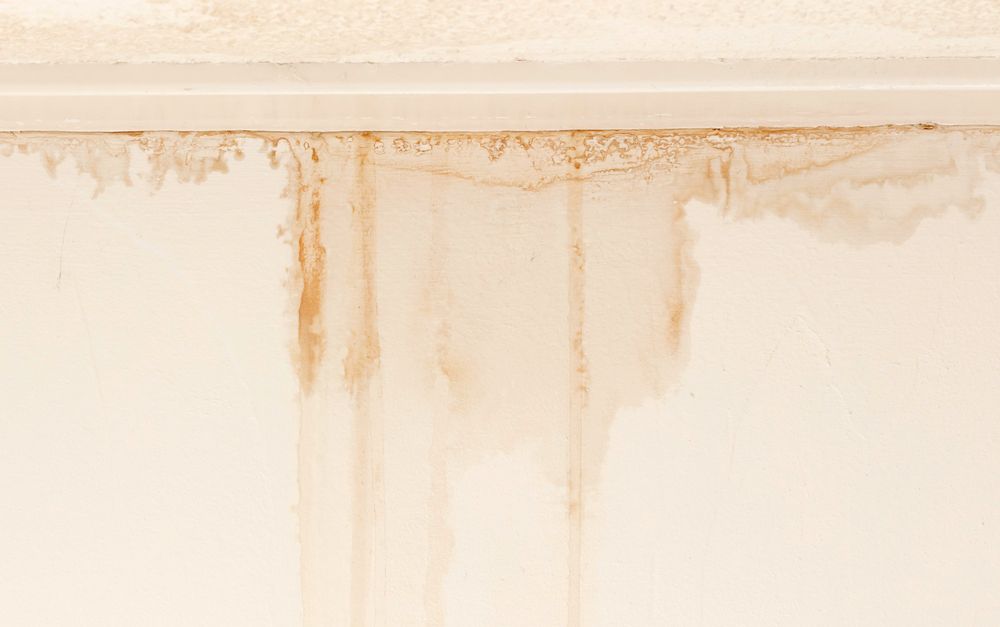Guide To Water Leak Detection At Home
Guide To Water Leak Detection At Home
Blog Article
How do you actually feel about Finding hidden leaks?

Early discovery of dripping water lines can reduce a possible disaster. Some small water leakages may not be visible.
1. Check Out the Water Meter
Every house has a water meter. Inspecting it is a guaranteed manner in which helps you discover leaks. For beginners, switch off all the water resources. Make certain no one will flush, use the faucet, shower, run the washing device or dishwashing machine. From there, go to the meter as well as watch if it will alter. Since nobody is using it, there must be no activities. If it relocates, that indicates a fast-moving leak. If you find no modifications, wait a hr or 2 and also examine back again. This means you may have a slow leak that could even be below ground.
2. Inspect Water Usage
Assess your water costs as well as track your water usage. As the one paying it, you must notice if there are any type of disparities. If you spot sudden changes, in spite of your usage coinciding, it suggests that you have leaks in your plumbing system. Keep in mind, your water bill should fall under the same range each month. An unexpected spike in your expense suggests a fast-moving leak.
On the other hand, a stable increase on a monthly basis, despite the same behaviors, shows you have a slow-moving leak that's additionally slowly rising. Call a plumber to extensively inspect your home, specifically if you feel a warm area on your flooring with piping below.
3. Do a Food Coloring Test
When it comes to water usage, 30% comes from commodes. If the color in some way infiltrates your dish throughout that time without flushing, there's a leak in between the storage tank and bowl.
4. Asses Exterior Lines
Do not fail to remember to check your exterior water lines too. Examination spigots by affixing a garden tube. Ought to water permeate out of the connection, you have a loosened rubber gasket. Change this as well as make certain all connections are tight. It will assist obtain it properly examined and maintained yearly if you've got a sprinkler system. One small leak can lose tons of water as well as surge your water expense.
5. Check and Analyze the Scenario
Property owners need to make it a routine to check under the sink counters and also also inside cupboards for any kind of bad odor or mold and mildew development. These two red flags show a leakage so prompt focus is needed. Doing routine inspections, also bi-annually, can save you from a major trouble.
Check for stainings and also compromising as a lot of pipelines and also devices have a life expectancy. If you believe leaking water lines in your plumbing system, do not wait for it to rise.
Early discovery of leaking water lines can reduce a possible disaster. Some little water leaks may not be noticeable. Examining it is a surefire way that aids you find leakages. One small leakage can lose loads of water as well as spike your water costs.
If you think leaking water lines in your plumbing system, don't wait for it to rise.
WARNING SIGNS OF WATER LEAKAGE BEHIND THE WALL
PERSISTENT MUSTY ODORS
As water slowly drips from a leaky pipe inside the wall, flooring and sheetrock stay damp and develop an odor similar to wet cardboard. It generates a musty smell that can help you find hidden leaks.
MOLD IN UNUSUAL AREAS
Mold usually grows in wet areas like kitchens, baths and laundry rooms. If you spot the stuff on walls or baseboards in other rooms of the house, it’s a good indicator of undetected water leaks.
STAINS THAT GROW
When mold thrives around a leaky pipe, it sometimes takes hold on the inside surface of the affected wall. A growing stain on otherwise clean sheetrock is often your sign of a hidden plumbing problem.
PEELING OR BUBBLING WALLPAPER / PAINT
This clue is easy to miss in rooms that don’t get much use. When you see wallpaper separating along seams or paint bubbling or flaking off the wall, blame sheetrock that stays wet because of an undetected leak.
BUCKLED CEILINGS AND STAINED FLOORS
If ceilings or floors in bathrooms, kitchens or laundry areas develop structural problems, don’t rule out constant damp inside the walls. Wet sheetrock can affect adjacent framing, flooring and ceilings.
https://www.servicemasterbyzaba.com/blog/how-to-detect-water-leakage-in-walls/

We hope you liked our excerpt about Leaking water lines. Thanks a ton for taking the time to read our article post. Do you know somebody else who is excited about the niche? Feel free to share it. We take joy in reading our article about Detecting hidden plumbing leaks.
Report this page